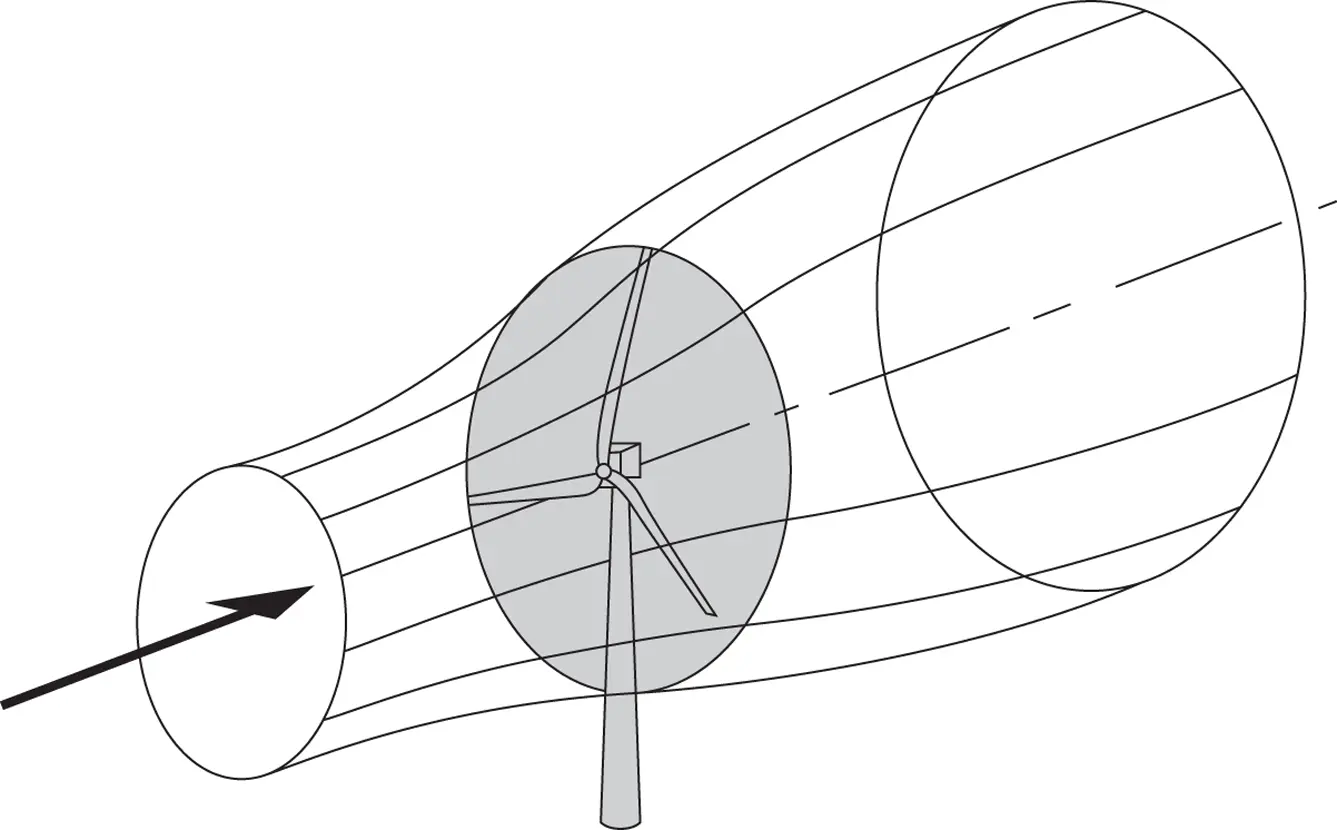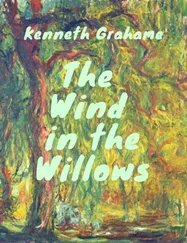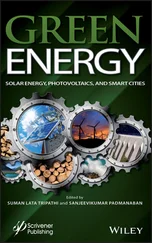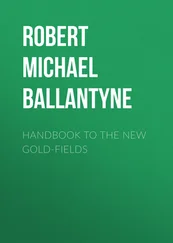16 IEC 61400‐1 (2005). Wind turbines – Part 1: Design requirements (3rd edition). Geneva, Switzerland: International Electrotechnical Commission.
17 IEC 61400‐1 (2019). Wind turbines – Part 1: Design requirements (4th edition). Geneva, Switzerland: International Electrotechnical Commission.
18 Kariniotakis, G., Nogaret, E., and Stavrakakis, G. (1997). Advanced short‐term forecasting of wind power production. Proceedings of the European Wind Energy Conference, Dublin 1997, pp. 751–754.
19 Landberg, L. (1997). Predicting the power output from wind farms. Proceedings of the European Wind Energy Conference, Dublin 1997, pp 747–750.
20 Landberg, L. (1999). Operational results from a physical power prediction model. Proceedings of the European Wind Energy Conference, Nice 1999, pp 1086–1089.
21 Lieblein, J. (1974). Efficient methods of extreme‐value methodology. NBSIR 74‐602, National Bureau of Standards, Washington, DC, USA.
22 Ljung, L. and Söderström, T. (1983). Theory and Practice of Recursive Identification. MIT Press.
23 Mann, J. (1994). The spatial structure of neutral atmospheric surface‐layer turbulence. J. Fluid Mech. 273: 141–168.
24 Mann, J. (1998). Wind field simulation. Probab. Eng. Mech. 13 (4): 269–282.
25 Mortensen, N.G., Landberg, L., Troen, I. and Petersen, E.L. (1993). Wind Atlas Analysis and Application Program (WAsP), user's guide. Risø‐I‐666‐(EN)(v.2).
26 Nielsen, T.S. and Madsen, H. (1999). Experiences with statistical methods for wind power prediction. Proceedings of the European Wind Energy Conference, Nice 1999, pp. 1066–1069.
27 Palutikof, J.P., Guo, X., and Halliday, J.A. (1991). The reconstruction of long wind speed records in the UK. Proceedings of the 13th British Wind Energy Association Conference, Swansea, April 1991.
28 Petersen, E.L., Mortensen, N.G., Landberg, L. et al. (1998). Wind power meteorology. Part I: climate and turbulence. Wind Energy 1 (1): 2–22.
29 Sanderhoff, P. (1993). PARK – User's guide. Risø‐I‐668(EN).
30 Schlez, W. (2000). Voltage fluctuations caused by groups of wind turbines. PhD thesis. Loughborough University.
31 Tieleman, H.W. (1992). Wind characteristics in the surface layer over heterogeneous terrain. J. Wind Eng. Ind. Aerodyn. 41–44: 329–340.
32 Van der Hoven, I. (1957). Power spectrum of horizontal wind speed in the frequency range from 0.0007 to 900 cycles per hour. J. Meteorol. 14: 160–164.
33 Veldkamp, H.F. (2006). Chances in wind energy: A probabilistic approach to wind turbine fatigue design. PhD dissertation. Delft University of Technology.
34 Weiringa, J. (1973). Gust factors over open water and built‐up country. Boundary Layer Meteorol. 3: 424–441.
3
Aerodynamics of horizontal axis wind turbines
Author's note on aerodynamics
To study the aerodynamics of wind turbines, some knowledge of fluid dynamics in general is necessary and, in particular, aircraft aerodynamics. Excellent text books on aerodynamics are readily available, a reference list and a further reading list are given at the end of this chapter, and any abbreviated account of the subject that could have been included in these pages would not have done it justice; recourse to text books would have been necessary anyway. Some direction on which aerodynamics topics are necessary for the study of wind turbines would, however, be useful to the reader, and a brief introduction is given in Appendix A3.
For Sections 3.2and 3.3, a knowledge of Bernoulli's theorem for steady, incompressible flow is required together with the concept of continuity.
For Section 3.4, which may be omitted at first reading, an understanding of vortices and the flow field induced by vortices is desirable. The Biot–Savart law, which will be familiar to those with a knowledge of electric and magnetic fields, is used to determine velocities induced by vortices. The Kutta–Joukowski theorem for determining the force on a bound vortex should also be studied.
For Sections 3.5to 3.8, a knowledge of the lift and drag of aerofoils is essential, including stalled flow.
A wind turbine is a device for extracting kinetic energy from the wind. By removing some of its kinetic energy, the wind must slow down, but only that mass of air that passes through the rotor disc is directly affected. Assuming that the affected mass of air remains separate from the air that does not pass through the rotor disc and does not mix with it, a boundary surface can be drawn containing the affected air mass, and this boundary can be extended upstream as well as downstream, forming a long streamtube of circular cross‐section. No air flows across the boundary, and so the mass flow rate of the air flowing along the streamtube will be the same for all streamwise positions along the streamtube. Outside the streamtube, air that passes close to the rotor is not retarded in the same way but is subject to both retardation and acceleration associated with the divergence of the streamlines around the rotor. Because the air within the streamtube slows down, but is effectively incompressible at these speeds, the cross‐sectional area of the streamtube must expand to accommodate the slower moving air; see Figure 3.1.
Although kinetic energy is extracted from the air flow, a sudden step change in velocity is neither possible nor desirable because of the enormous accelerations and forces this would require. Pressure energy can be extracted in a step‐like manner, however, and all wind turbines, whatever their design, operate in this way.
The presence of the turbine causes the approaching air, upstream, gradually to slow down such that when the air arrives at the rotor disc its velocity is already lower than the free‐stream wind speed. The streamtube expands as a result of the slowing down and, because no work has yet been done on, or by, the air, its static pressure rises to absorb the decrease in kinetic energy.
As the air passes through the rotor disc, by design, there is a drop in static pressure such that, on leaving, the air is below the atmospheric pressure level. The air then proceeds downstream with reduced speed and static pressure: this region of the flow is called the wake . Eventually, far downstream, the static pressure in the wake must return to the atmospheric level for equilibrium to be achieved. The rise in static pressure is at the expense of the kinetic energy and so causes an additional slowing down of the wind. Thus, between the far upstream and far wake conditions, no difference in static pressure exists, but there is a reduction in kinetic energy.

Figure 3.1 The energy extracting streamtube of a wind turbine.
3.2 The actuator disc concept
The mechanism described above accounts for the extraction of kinetic energy but in no way explains what happens to that energy: it may well be put to useful work, but some may be spilled back into the wind as turbulence and eventually be dissipated as heat.
Nevertheless, we can begin an analysis of the aerodynamic behaviour of wind turbines without any specific turbine design just by considering the energy extraction process. The general device that carries out this task is called an actuator disc ; see Figure 3.2.
Upstream of the disc, the streamtube has a cross‐sectional area smaller than that of the disc and an area larger than the disc downstream. The expansion of the streamtube is because the mass flow rate must be the same everywhere. The mass of air that passes through a given cross‐section of the streamtube in a unit length of time is ρ AU , where ρ is the air density, A is the cross‐sectional area, and U is the flow velocity. The mass flow rate must be the same everywhere along the streamtube, and so
Читать дальше













